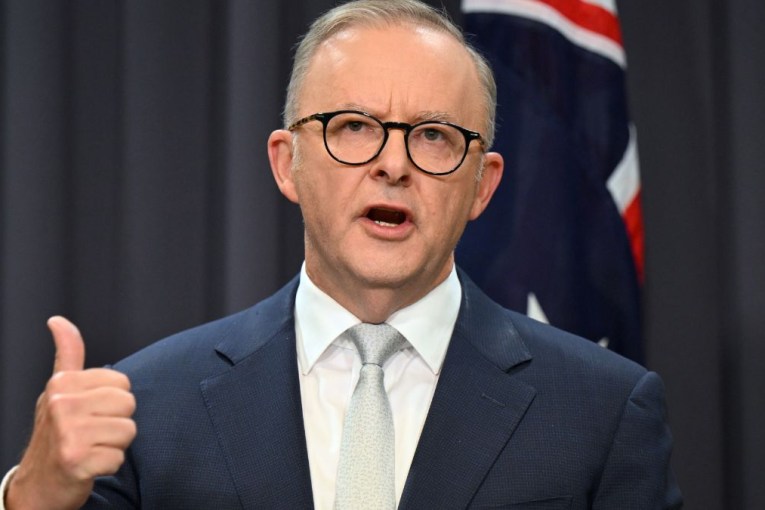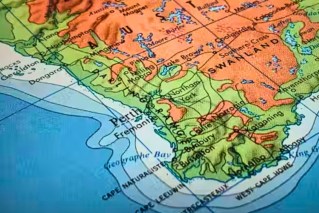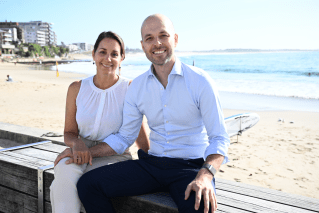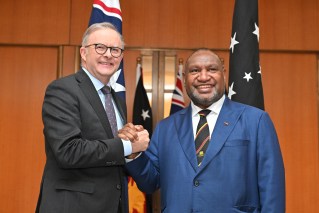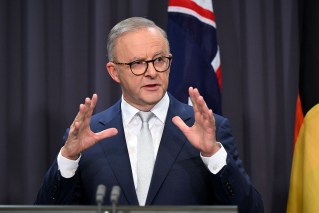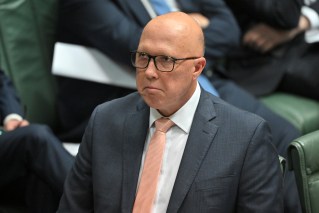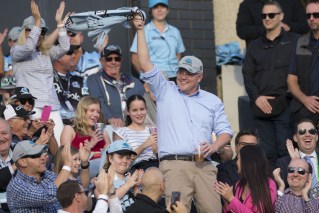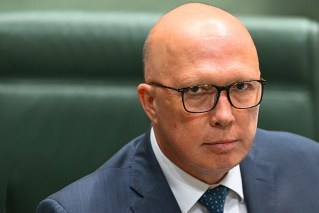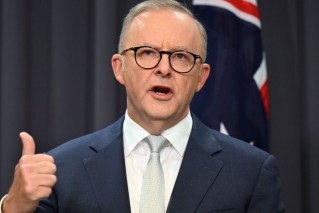The odds are shortening on Reserve Bank raising rates sometime this year

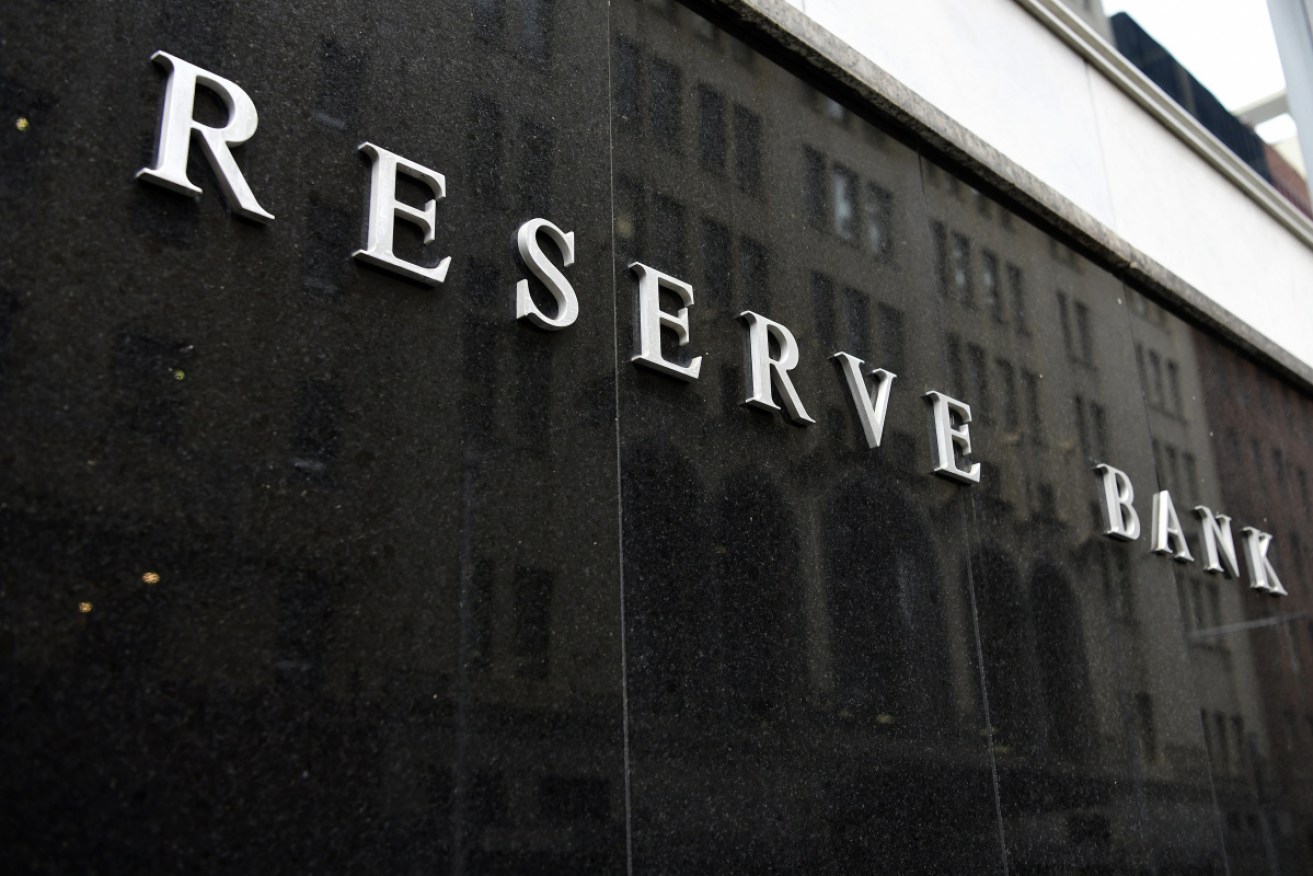
An RBA official says more frequent meetings allow it to move faster than overseas central banks. Photo: Getty
Speculation the Reserve Bank will need to start raising interest rates this year will likely get a kick-along when key figures for wages growth are released, the missing link in Australia’s economic recovery from recession.
Economists generally see a rise in the cash rate from a record low 0.1 per cent occurring in August, which would be the first increase in a decade.
Such talk has been fuelled by inflation rising at its fastest pace in seven years and the unemployment rate falling to a 13-year low of 4.2 per cent, even during the disruptions caused by the Omicron variant.
But the RBA has repeatedly said it wants to see annual wage growth above three per cent before it considers raising rates.
The annual rate stood at just 2.2 per cent in the September quarter.
The December quarter wage price index – the key indicator for wages growth used by the RBA and Treasury – will be released on Wednesday.
Economists’ forecasts point to a 0.7 per cent increase for the quarter for an annual rate of 2.4 per cent, slightly faster than the RBA has been forecasting at this stage of the year.
Forecasts range from a 0.6 per cent to a full one per cent quarterly increase.
AMP Capital chief economist Shane Oliver is forecasting a 0.8 per cent rise in wage growth for the quarter, which would be the fastest pace since 2014.
June hike?
“Our base case remains for an August hike, but the risk is heavily skewed towards a start to rate hikes in June,” Dr Oliver said.
“An acceleration in wages growth as we expect, followed by another upside surprise in inflation for the March quarter and then another solid increase in wages for the March quarter would significantly boost the likelihood of a June rate hike.”
The Australian Bureau of Statistics will also start rolling out December quarter figures that feed into the economic growth result contained in the national accounts due on March 2, with construction data due on Wednesday and business investment on Thursday.
So far, retail spending is known to have surged by a record 8.2 per cent in the quarter as the economy recovered from the impact of the Delta lockdowns, ensuring a rebound from the economic contraction in the September quarter.
Economists expect construction work completed in the December quarter rose by 2.1 per cent after a 0.3 per cent decline three months earlier.
Stockmarket blues
Business capital expenditure is forecast to rise by 2.5 per cent after dropping 2.2 per cent in the September quarter.
Meanwhile, Australian shares look set for a weak start to the week following declines on Wall Street due to escalating fears of a potential Russian invasion of Ukraine.
The Dow Jones Industrial Average fell 0.68 per cent to end at 34,079.18 points on Friday and ahead of Monday’s Washington’s Birthday holiday.
The S&P 500 lost 0.72 per cent to 4,348.87, while the Nasdaq Composite dropped 1.23 per cent to 13,548.07.
In response, Australian share futures dropped 51 points or 0.7 per cent, to 7094.
On Friday, the benchmark S&P/ASX200 index closed down 74.5 points, or 1.02 per cent, to 7221.7 points.
-AAP
